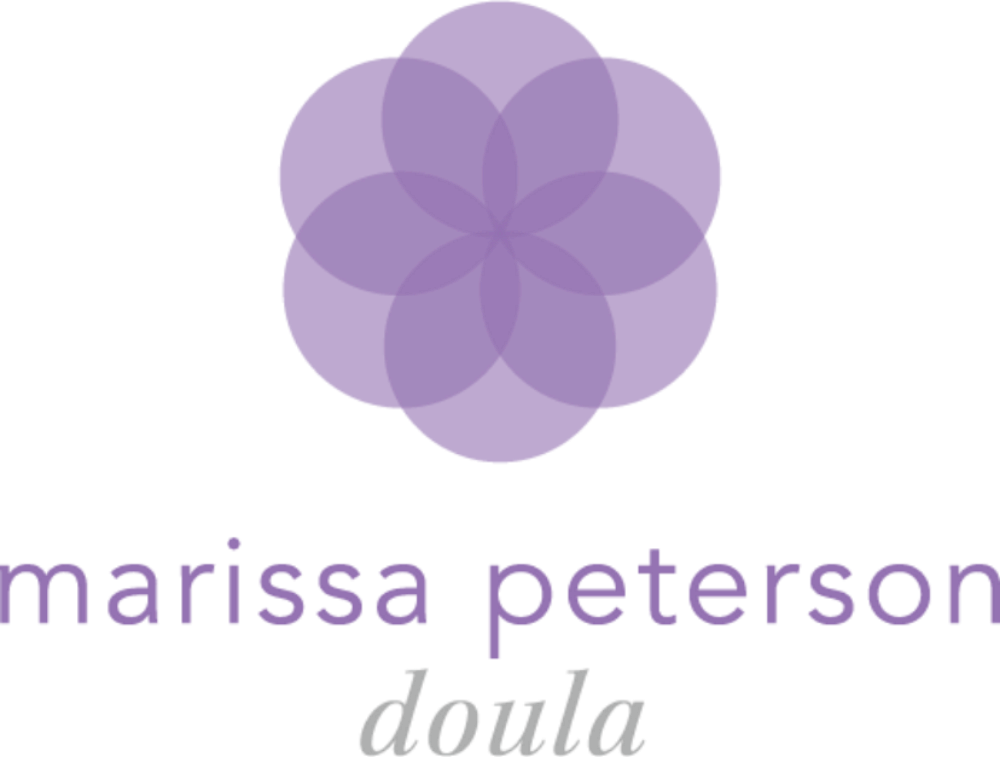I just completed a wonderful course on acupressure for birth. I learned a few useful acupressure points in my doula training, and have found them helpful in some labors. I jumped at the opportunity to expand my knowledge with this course! I really enjoyed learning more about how my hands can be used to support a laboring client, beyond simple touch and massage.
Using acupressure for nausea on a client in transition. Photo courtesy of Tara Ruby.

